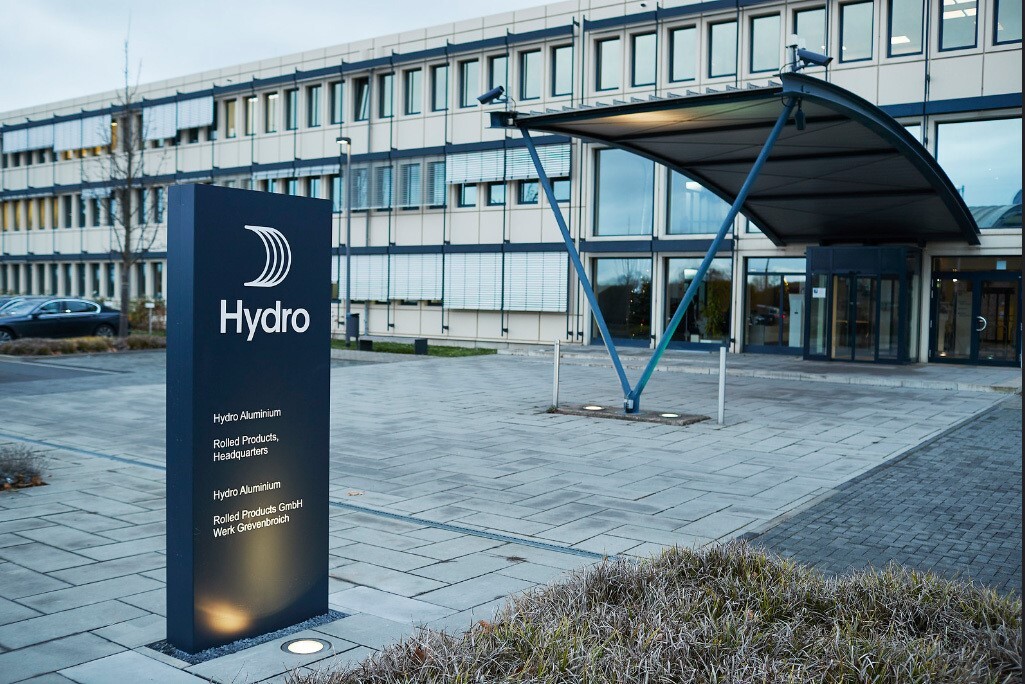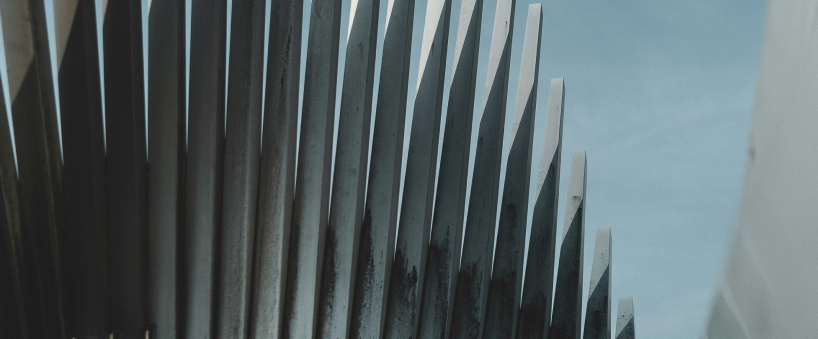

Amid an uncertain market trend across the globe, Norsk Hydro from Norway has managed to show resilience in its fiscal Q2 2025 performance, supported by firm aluminium and energy prices. The company reported a 33.41 per cent year-on-year increase in adjusted EBITDA, reaching NOK 7,790 million from NOK 5,839 million. However, beneath these headline numbers lies a more nuanced narrative that reveals both strengths and vulnerabilities shaping Hydro’s strategic trajectory.

Caution behind confidence
While Hydro’s annual EBITDA growth is noteworthy, the sequential figures suggest growing headwinds. Adjusted EBITDA declined 18.2 per cent quarter-on-quarter from NOK 9,516 million. Revenue followed a similar trend, contracting by7 per cent from Q1, although it still rose 4.26 per cent Y-o-Y to NOK 53,116 million. The most significant indicator of strain was the steep 58.2 per cent fall in net income to NOK 2,450 million from NOK 5,861 million in Q1, although it marked a 72 per cent surge from the prior year’s Q2 net of NOK 1,421 million.
This performance decline, despite steady aluminium sales and rising LME prices, points to deeper structural challenges.
The root of the margin compression lies in weak realisation prices, particularly for alumina. While Hydro sold 2.72 million tonnes of alumina and 550,000 tonnes of aluminium in Q2, up 6.25 per cent and 2 per cent respectively from Q1, the realised alumina price fell sharply to USD 397 per tonne from USD 587 per tonne. This price pressure translated into a major drop in Adjusted EBITDA from Hydro’s bauxite and alumina segment, from NOK 5,135 million in Q1 to just NOK 1,521 million in Q2.
Responses








